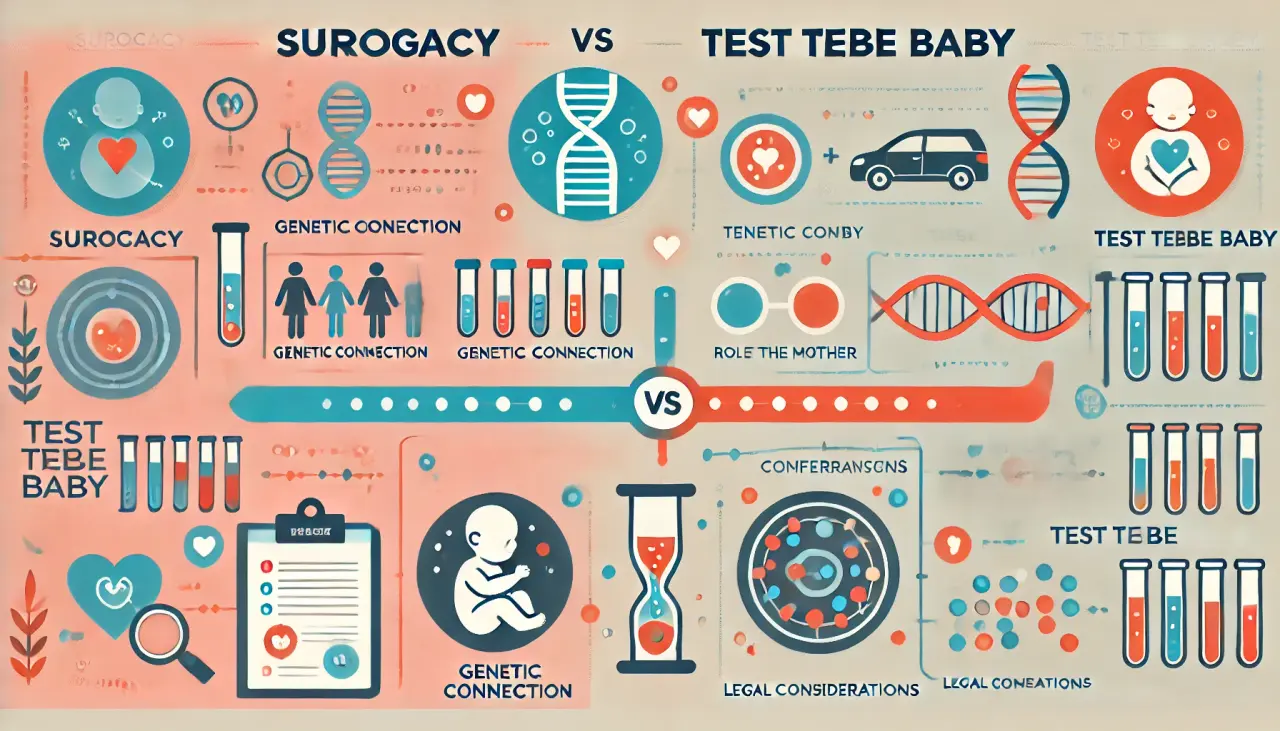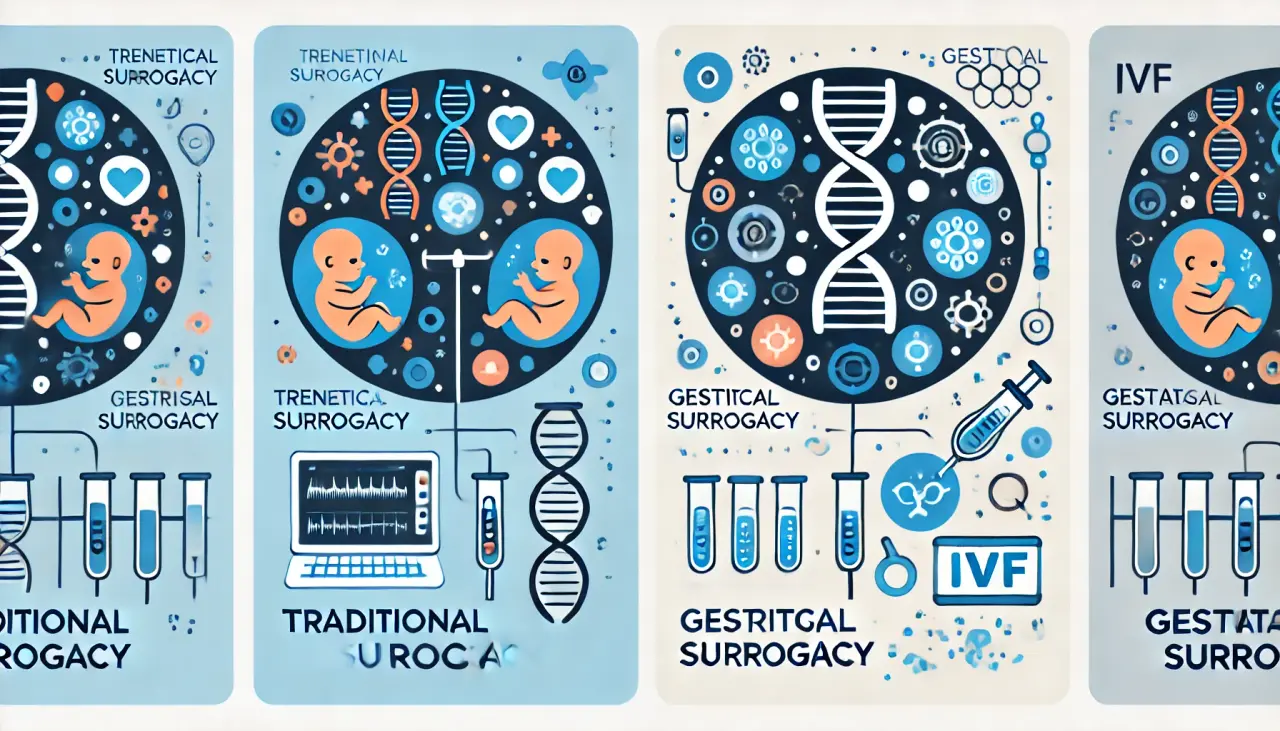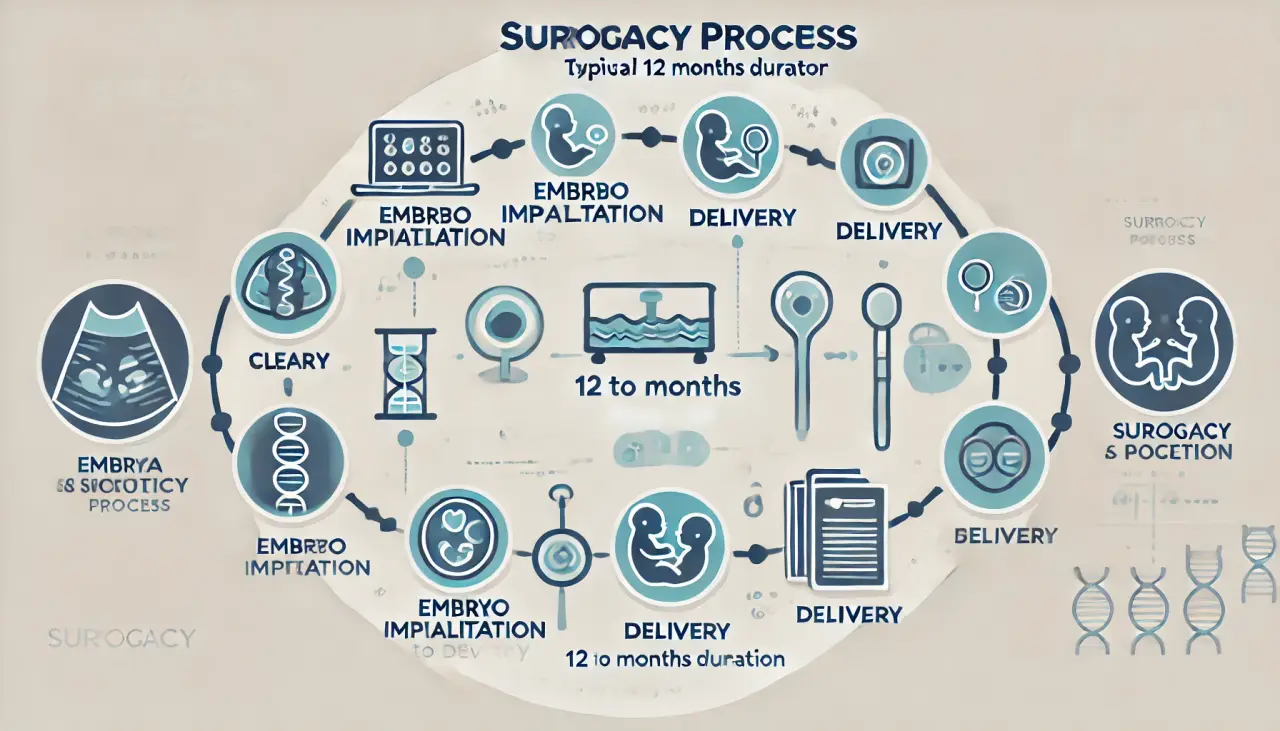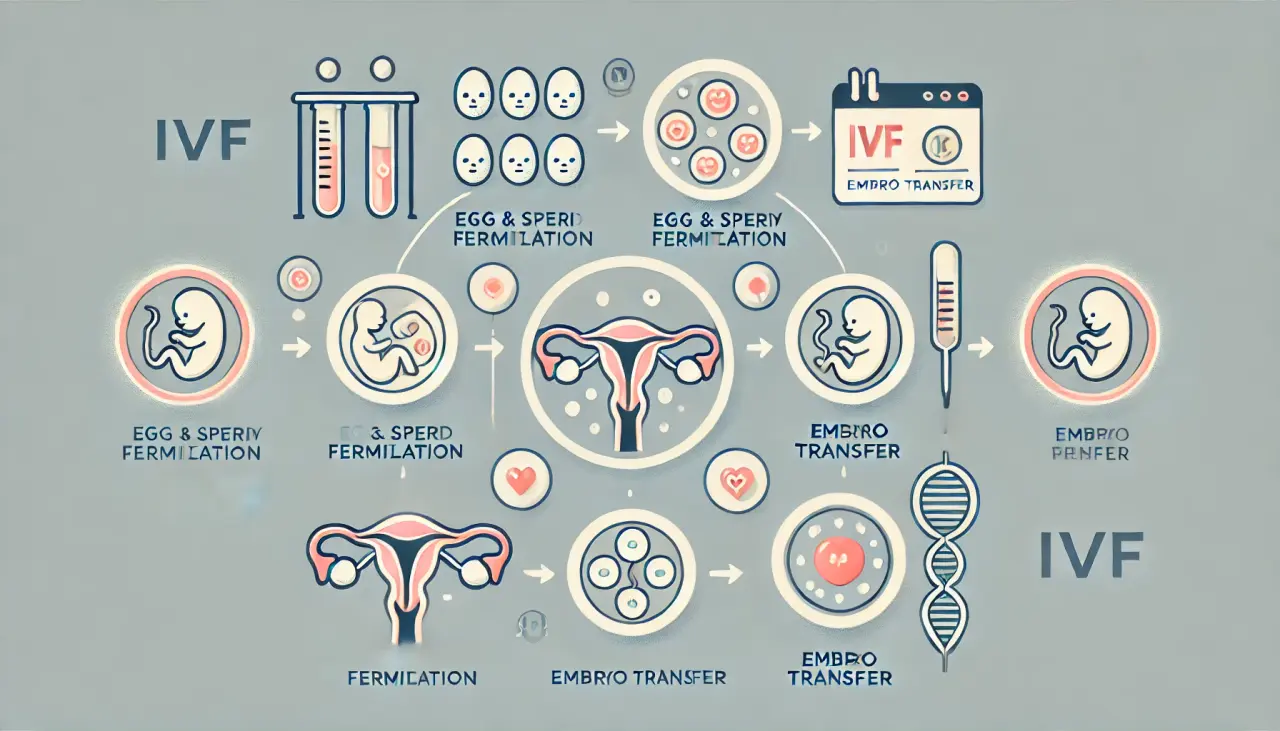
What is the Difference Between Surrogacy and Test Tube Baby?
Understanding the difference between surrogacy and test tube baby methods is crucial for individuals or couples exploring assisted reproductive technologies. Both options provide pathways to parenthood, but they involve distinct processes, legal considerations, and implications.

Surrogacy
Surrogacy is a reproductive procedure where a woman, known as a gestational carrier or surrogate, is implanted with embryos created through artificial fertilization. These embryos are typically from a person or couple seeking to have a child. The surrogate carries and delivers the pregnancy for the intended parents.
There are two types of surrogacy:
- Traditional Surrogacy: The surrogate uses her own egg, making her genetically related to the child.
- Gestational Surrogacy: The surrogate is implanted with embryos created via in vitro fertilization (IVF), and she is genetically unrelated to the child.
One of the primary advantages of gestational surrogacy is that the children born are the genetic offspring of the intended parents, providing a biological connection. Additionally, the surrogacy agreement typically involves the surrogate waiving her parental rights, ensuring that the infant is handed over to the intended parents upon delivery.
The entire surrogacy process generally takes 12 to 14 months to complete, which is significantly shorter compared to the lengthy and often uncertain timeline of adoption.

Test Tube Baby
The term test tube baby refers to a child conceived through artificial fertilization, specifically in vitro fertilization (IVF). In this process, an egg and sperm are combined outside the body in a laboratory setting, creating a zygote. This zygote is then implanted into the mother’s womb to develop into a child.
Test tube baby technology has been instrumental in helping individuals and couples who are unable to produce children naturally. However, it’s important to note that no one has succeeded in growing a human embryo entirely into a child on culture media; the zygote implantation into the womb remains a critical step.
There are two main steps in the production of test tube babies:
- In Vitro Fertilization (IVF): Combining egg and sperm outside the body.
- Embryo Transfer (ET): Implanting the fertilized embryo into the womb.

Key Differences Between Surrogacy and Test Tube Baby
While both surrogacy and test tube baby methods utilize artificial fertilization, they serve different purposes and involve distinct processes:
- Genetic Connection:
- Surrogacy (Gestational): The child is genetically related to the intended parents.
- Test Tube Baby: The child is genetically related to the biological parents through IVF.
- Role of the Mother:
- Surrogacy: A surrogate carries the pregnancy, and her genetic material may or may not be involved.
- Test Tube Baby: The intended mother or a gestational carrier carries the pregnancy.
- Timeframe:
- Surrogacy: Typically 12 to 14 months.
- Test Tube Baby: Duration varies but is often part of the surrogacy process if a gestational carrier is involved.
- Legal Considerations:
- Surrogacy: Involves legal agreements transferring parental rights.
- Test Tube Baby: Primarily involves medical procedures with legal aspects related to parental rights if a surrogate is used.

Advantages of Surrogacy Over Adoption
- Biological Connection: Surrogacy allows the intended parents to have a child that is genetically theirs.
- Shorter Process: Surrogacy can be completed within a year, whereas adoption can take several years.
- Control Over Pregnancy: Intended parents have more control over the pregnancy and prenatal care.
Conclusion
Both surrogacy and test tube baby methods offer valuable solutions for individuals and couples seeking to build their families through artificial fertilization. Understanding the difference between surrogacy and test tube baby is essential in making informed decisions that align with personal, legal, and biological considerations.